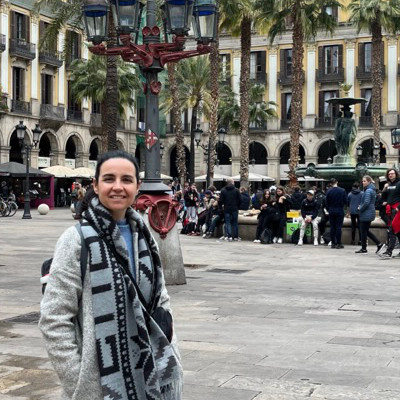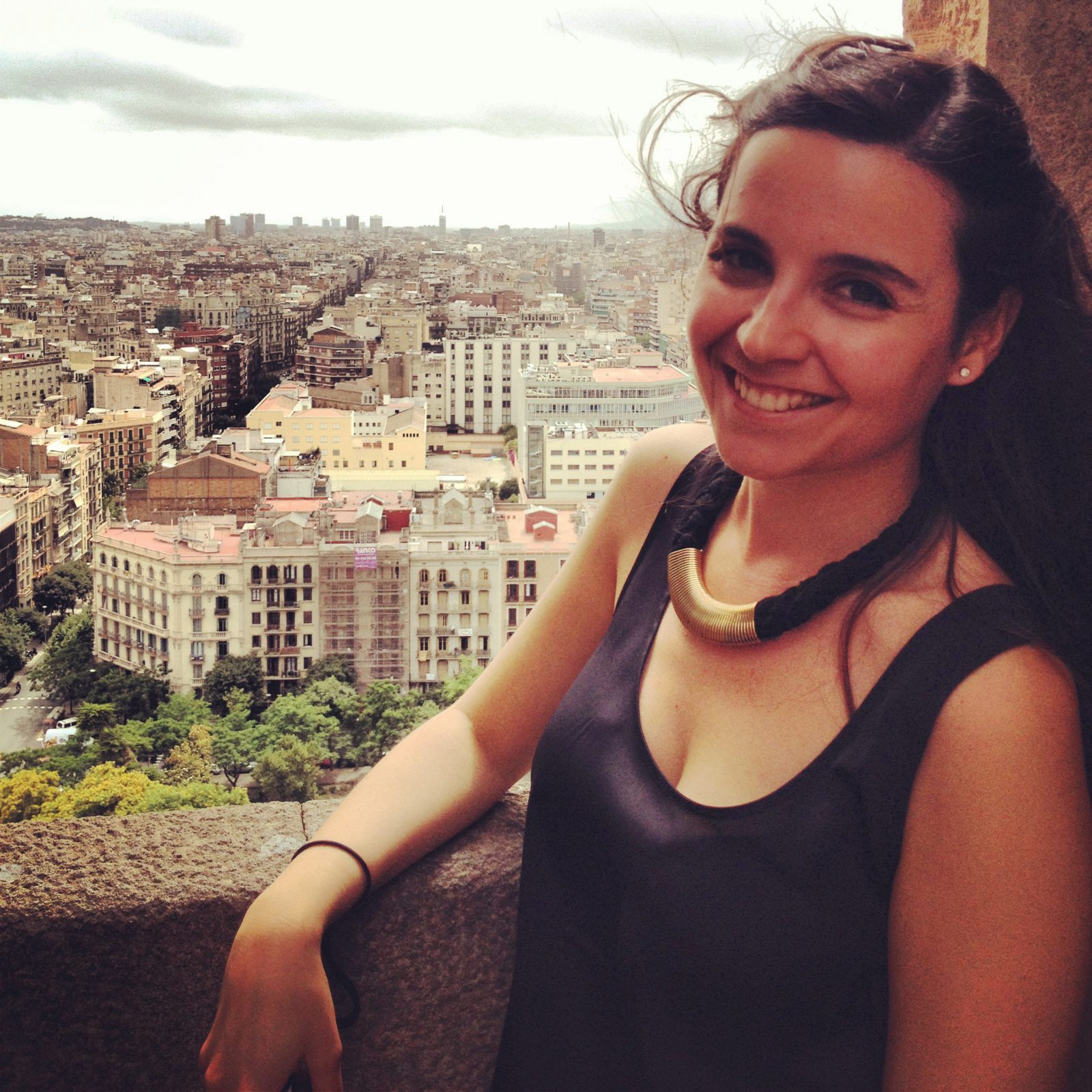Barcelona, the vibrant cultural capital of Catalonia and the second-largest city in Spain, is a city that attracts people from all over the world. Its favorable location on the Mediterranean Sea, the hospitable and cheerful nature of its residents, stunning architecture, and delicious gastronomic offerings are just some of the reasons. Barcelona is often praised as one of the most beautiful cities in Europe and is considered by many as the perfect destination for a city trip. Curious about what makes Barcelona so special and what there is to discover in this city? Read on for more.
General Information About the City of Barcelona
Barcelona is an ideal city for a city trip, as evidenced by the more than 8 million tourists who visit annually.
The city is globally known for the football club FC Barcelona and landmarks like Park Güell and La Sagrada Família by architect Antoni Gaudí.
But what do you actually know about the city of Barcelona? Read on this page everything about Barcelona and learn more about this fantastic city.
Some Facts and Figures About the City of Barcelona
| Category | Figures |
|---|---|
| Population | Approximately 1.7 million |
| Area | About 101.9 km² |
| Population Density | Average of 15,701 inhabitants/km² |
| Tourism | More than 10 million foreign tourists |
| Official Languages | Spanish and Catalan |
| Unemployment Rate | About 9.5% |
| Public Transport | Metro, buses, trams, trains, cable railway |
| Airport | Barcelona-El Prat Airport |
Districts and Neighborhoods in the City of Barcelona
Barcelona city has 10 different districts, known as ‘districtes’. Each district is divided into several neighborhoods or areas, known as ‘barris’, each with its unique history and character. These range from authentic working-class neighborhoods to the most elegant areas. In total, there are 73 different neighborhoods in Barcelona. The following neighborhoods are ones you’ll likely visit during a trip to the city.
👉 Read more about the different neighborhoods of Barcelona.
The Name Barcelona
There are various theories about the origin of the name Barcelona: that it comes from the surname of Hannibal’s father (Barca) or that it is a derivation of Hercules’ boat (Barca Nona).
Experts, however, say that the name Barcelona derived from the Roman city Barcino, which in turn was a derivation of Barkeno, the name of the village of the Laietanen, who lived here in pre-Roman times.
Oh, and the city of Barcelona is not called Barça, but rather Barna. Barça is how the football club FB Barcelona is referred to, and Barna is how the locals call the city of Barcelona.
Another abbreviation for Barcelona is BCN, which corresponds with the abbreviation of Barcelona Airport.
Where is Barcelona
Barcelona is located in northeastern Spain and is the capital of the autonomous region of Catalonia. It is a city that truly has everything: a fantastic location by the sea (Mediterrani), mountains (Collserola), and rivers (Besòs and Llobregat). It has, as the locals say, “mar i muntanya” (the sea and the mountains).
Despite its large area, Barcelona remains a city of human scale. The old center, where most of the attractions are located, is very walkable.
Thanks to excellent infrastructure such as a modern airport, high-speed trains, and highways, Barcelona is also very well connected with the rest of the country. The Port of Barcelona is one of the most important in the Mediterranean Sea.

How Many Inhabitants Does Barcelona Have
With 1.6 million inhabitants (3.2 million if you include the surrounding cities), Barcelona can certainly be called a metropolis.
The cosmopolitan and open nature of its inhabitants, along with the pleasant weather and many job opportunities, make Barcelona a very attractive place for migrants, fortune seekers, and highly educated people with international jobs.
All these nationalities make Barcelona a true melting pot. A world city that also manages to surprise millions of tourists annually with all its splendor and grandeur.
How Public Transport Works in Barcelona
Once in Barcelona, you will quickly become acquainted with the city’s fine and efficient public transport. With the metro, bus, or tram, you can get everywhere, and you only need one type of ticket.
Tourists who prefer to avoid public transport can, of course, use the Hop-on Hop-off buses, take a taxi, or rent a bike to explore the city at their leisure. Many locals prefer scooters over public transport or choose the car as a means of transport.
Barcelona is also a great starting point for trips to other Spanish cities. At Barcelona Airport, you can find domestic flights. Also, from Sants train station or the well-maintained highways, you can travel very well through Catalonia and the rest of Spain. Barcelona is also home to many Mediterranean cruise ships.
⭐ Book your public transport pass here!

The Origins of Barcelona
The first traces of Barcelona date back to the 4th, 3rd, and 2nd centuries BC, when several settlements were located on Montjuïc and near Mont Tàber (current Centre Excursionista de Catalunya).
The founding of Barcino by the Romans in 218 marked the beginning of Barcelona as a city. The city experienced its golden years during the Middle Ages.
As the capital of the Crown of Aragón, the city had much power over trade routes in the Mediterranean Sea.
With the union with Castile, the status of the capital was taken over by Madrid, but the activity of its inhabitants continued the economic growth, making Barcelona one of the main economic engines of Spain today.
Languages Spoken in Barcelona
In Barcelona, people speak Catalan and Spanish, although Catalan was strictly forbidden during the Franco dictatorship. With the arrival of democracy, Catalan returned to the streets and schools. Street signs are now in Catalan, but other information signs, menus, and official documents are offered in both languages.
English is spoken only to a limited extent, but at tourist spots and hotels, they often have English-speaking staff.

Barcelona’s Fame
Catalans are extremely proud of their region and cultural heritage. It is not uncommon to see the Catalan flag, hear people speak Catalan, or celebrate festivities like the National Day of Catalonia (on September 11) and Sant Jordi (on April 23).
Catalans also have their own traditions, such as the caganer (a defecating figure in the nativity scene), tió de nadal (a log that poops presents), the sardana (circle dance), and castellers (human towers).
The regional cuisine and Catalan vineyards also have much to offer.

What Not to Miss in Barcelona
Those interested in world wonders will find their heart’s content in Barcelona, with no less than 10 World Heritage sites and all sorts of beautiful museums and attractions.
Especially the buildings of Catalan Modernism are very special to see. Highlights such as Gaudí’s Sagrada Família and Park Güell should not be missed on your to-do list.
What makes Barcelona even more impressive is its Gothic Quarter, one of the most atmospheric parts of the city, considered Europe’s best-preserved medieval quarter.
And not to forget the city club, FC Barcelona, with its beautiful football stadium, where all the great football stars have played.
⭐ Grab Your Advantage Here!
Gastronomy in Barcelona
Barcelona can certainly consider itself one of the best culinary cities in Spain. With its own dishes like Bomba de la Barceloneta, the most beautiful and delicious food markets imaginable, and some of the best restaurants in the world, this is a true paradise for food lovers.
The traditional Catalan and Spanish cuisine is well represented here, side by side with the latest food trends, global cuisines, and the hippest hotspots.
Don’t forget that all eating times in Spain are later than the European average and that people in Spain eat warm in the afternoon.
In most restaurants, a menú del día (daily menu) is offered during the week, allowing you to have a very extensive lunch (including starter, main course, and dessert with drink) for about ten euros.
👉 Discover here which typical dishes you must try.

Weather in Barcelona
Barcelona enjoys a typical Mediterranean climate due to its privileged location on the Mediterranean Sea, with mild and dry winters, variable springs and autumns, and warm humid summers.
The best time to travel for a city trip to Barcelona, however, are spring and autumn when it’s less busy with tourists, and the weather is still warm and pleasant.
👉 Read more about the weather and climate here.
What to Do in Barcelona
Barcelona is a city that buzzes day and night. There’s always something going on: a cultural festival, interesting exhibition, or groundbreaking performance.
In addition, you can shop according to the latest trends in Barcelona and party until late at night in one of the many trendy bars and nightclubs.
Spaniards are real enjoyers of life, so it’s not uncommon to see them enjoying the outdoors, terraces, and restaurants.
And because new places are always opening up, there’s always something new to discover in Barcelona!
⭐ Grab Your Advantage Here!
Is Barcelona Safe
Barcelona is a completely safe city, although tourists should certainly be careful. Especially during busy times, in the metro, or at tourist attractions like the Ramblas, pickpockets are often a problem.
The Ramblas and the narrow alleys in the old town are also better avoided at night, especially if you’re alone, as they can sometimes be quite intimidating.
Just use your common sense, be alert, and try not to stand out too much as a tourist.

Cost of Living in Barcelona
Spain entered the eurozone with other European countries in 2002. Since then, the euro has been the official currency (before that, it was the peseta). And although Spain is still one of the cheapest countries in Europe, Barcelona is one of the most expensive cities in Spain.
In general, tourists from richer countries will find everything, from transport to clothing and restaurants, quite cheap. Payments here are usually made in cash or by credit card, but ATMs are also available.










